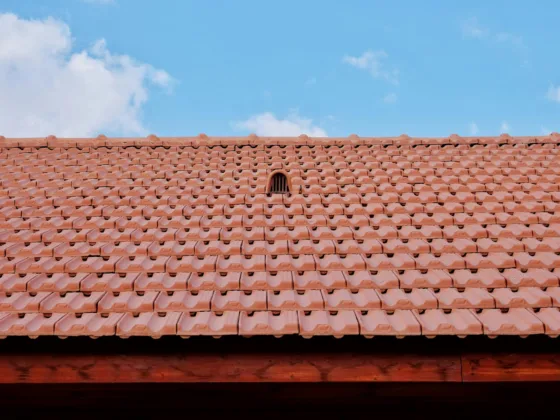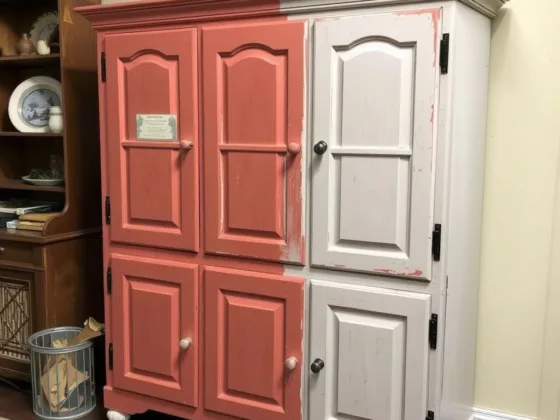Table of Contents Show
People often turn to construction as a means of making a living, but in truth, it has become a vital component supporting modern civilization’s foundation. Construction has made life easier and more comfortable by providing necessities like homes, buildings, roads, and bridges.

Modern technology plays a vital role in the overall sustainability of many structures today. Digital design tools and 3D modeling help develop complex systems that took years to complete; these structures are more robust, flexible, and easier to maintain.
They have also led to many innovations, including a material that is stronger than stone yet can avoid regular wear and tear over time – imagine constructing monuments with this material.
The most outstanding innovation in concrete construction is the use of formwork – this has allowed for much faster project completion and tighter tolerances through the sophisticated production methodologies involved.
About Formwork
Formwork in construction refers to a protection/handling device for new concrete. Learn at formworkcontractorsbrisbane.com for some practical insights. The creation of forms ensures that the concrete structure getting poured or the substrate getting built upon does not deform and sink or warp and bend due to inadequate support.
Construction formwork may be just about anything rigid. It can provide sufficient structural support until the next step, at which point it will most likely be removable from the work area. These are three main types:
Traditional Formwork – Timber
Traditional timber formwork is a beautiful building technique that has been around for centuries. While timber is solid and ideal for complicated construction where many walls meet or overlap, once you get bigger, the woods will likely require extra support from steel rebar to keep their shape when loaded with concrete. Due to this, the process can take longer to complete and be a little expensive.
Read Also:
Re-Usable Formwork – Plastic
Essentially a plastic base, this formwork is lighter and more durable than typical designs. It ensures that the building structure is highly variable because it can accommodate a series of different requirements using little assembly time, as opposed to construction methods where you need to spend a lot of resources on complex structures and design.
This project’s ability to perform different tasks rapidly means they can significantly reduce construction costs while still maintaining their buildings’ aesthetics, which is especially ideal for housing projects.
Engineered Formwork – Metal
The elements used to construct this framework are typically metal materials like steel. Unlike timber, this framework is faster and cheaper to build with crews, pins, and other things. Its ability to serve your construction needs multiple times makes it time and budget efficient. You can check this for any help with steel formwork.
Formwork is the process of creating temporary or permanent structures to support various construction activities, including simple foundation walls and complex multi-story buildings.
Some most common materials used in these projects include wood, metal, and plastic, which require supporting concrete during the pouring and curing process. However, these can also serve other purposes, such as creating temporary walls during construction. It can be worth hiring a specialist if you want to make your construction project a success.









